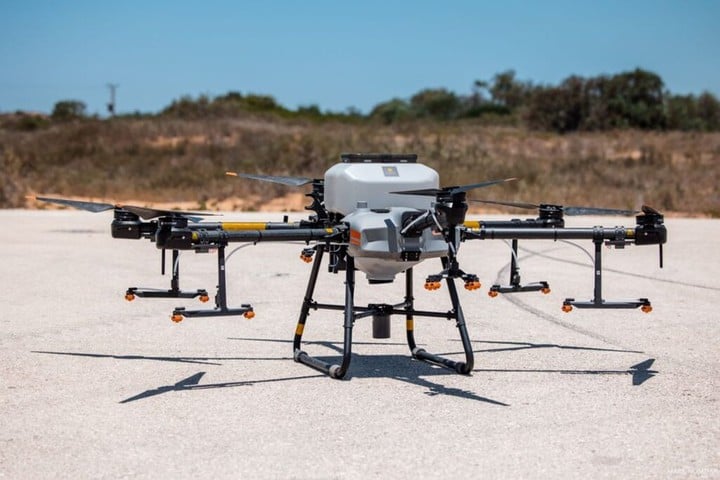
Combining digital infrastructure and low-altitude flight technology opens new directions for urban logistics
Ho Chi Minh City, the country’s largest economic , scientific and technological center, is facing typical challenges of a megacity: overloaded traffic infrastructure, high population density, large traffic volume and regulations restricting trucks in the inner city. In this context, the need to innovate transportation models has become urgent, aiming for smart, energy-saving, emission-reducing and environmentally friendly solutions.
From this orientation, the City has soon researched and deployed the “Low-Altitude Economy” (LAE) model , exploiting low-flying space with unmanned aerial vehicles (UAVs) combined with 5G networks. This is a breakthrough direction, helping to form an “urban flight infrastructure” parallel to ground infrastructure, allowing faster, safer transportation of goods, independent of road traffic. The trial was carried out according to Resolution No. 20/2024/NQ-HDND , allowing the City to pilot controlled new technology solutions at the High-Tech Park.
Currently, the 5G coverage rate in Ho Chi Minh City has reached over 70%, along with Viettel 's plan to install 2,000 new transmission stations, creating a solid technical foundation for high-tech applications. The 5G system not only serves information and entertainment needs, but also becomes a real-time data transmission infrastructure, helping to monitor flight routes, accurately locate and ensure the safety of UAV operations. The city is expanding 5G applications in logistics, healthcare, security and urban management, in which UAV delivery is a pioneering field .
According to the plan of the Department of Science and Technology, before November 15, 2025 , the Department will coordinate with the Management Board of the High-Tech Park and Vietnam Post to conduct a survey and evaluate the test flight route. By November 30 , 2025, the Ho Chi Minh City People's Committee and the City Command will approve the flight licensing plan and deploy autonomous delivery robots in Quang Trung Software Park (QTSC) . Before December 31, 2025 , all equipment and flight routes will be set up, ready for the pilot phase of UAV transportation starting from January 2026. The next phase will focus on building a UAV route monitoring system, proposing a flexible licensing mechanism and researching and testing human-carrying UAVs .
For smooth implementation, the Department of Science and Technology of Ho Chi Minh City proposed that the Ministry of National Defense and the City Command consider granting a 6-month test flight license according to Resolution 20/2024/NQ-HDND. Enterprises providing UAVs and robots need to coordinate data sharing, API connection, ensure a safe monitoring platform and the ability to expand flight range. Major carriers such as Viettel, VNPT, and MobiFone are encouraged to cover the entire city with 5G while preparing for future 6G infrastructure.
In the long term, the City needs to issue a clear legal framework for UAV applications in logistics, develop technical standards and regulations on flight safety, data and goods. A proposed direction is to develop a flight service using shared infrastructure , serving many postal and logistics businesses, moving towards forming a model of "low-altitude urban aviation" .
The project “Using 5G in UAV delivery” is not only a technology test, but also a strategic step demonstrating Ho Chi Minh City’s innovative vision in the era of Industry 5.0. This is a model capable of shaping the future of smart urban areas, green logistics , where UAVs, robots, 5G and data operate together in a modern digital ecosystem. Ho Chi Minh City is not only solving the traffic problem, but also affirming its role as a national technology innovation locomotive , paving the way for the low-level economy – a field full of potential in the next decade.
Source: https://mst.gov.vn/thanh-pho-ho-chi-minh-tien-phong-ung-dung-5g-va-uav-trong-chuyen-phat-197251028222641515.htm




![[Photo] Prime Minister Pham Minh Chinh chaired a meeting to evaluate the operation of the two-level local government model.](https://vphoto.vietnam.vn/thumb/1200x675/vietnam/resource/IMAGE/2025/10/29/1761751710674_dsc-7999-jpg.webp)
![[Photo] Human love in the flood in Hue](https://vphoto.vietnam.vn/thumb/1200x675/vietnam/resource/IMAGE/2025/10/29/1761740905727_4125427122470875256-2-jpg.webp)
![[Photo] Hue: Inside the kitchen that donates thousands of meals a day to people in flooded areas](https://vphoto.vietnam.vn/thumb/1200x675/vietnam/resource/IMAGE/2025/10/29/1761738508516_bepcomhue-jpg.webp)
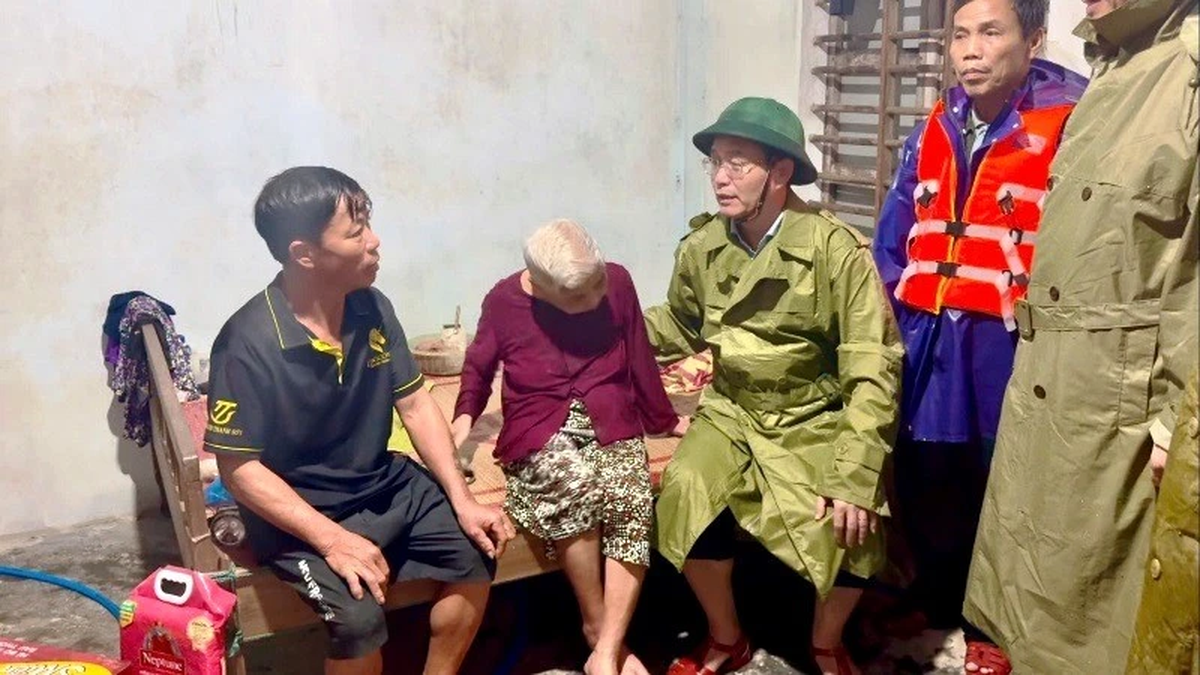


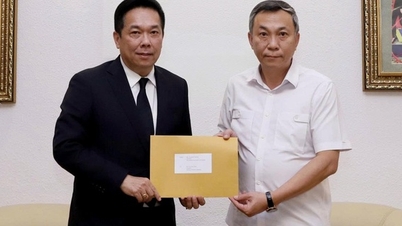

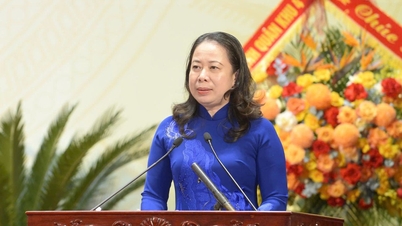


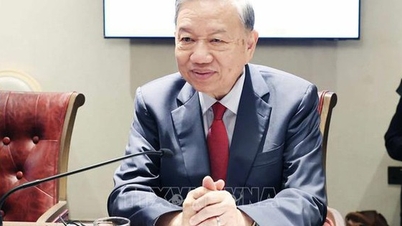





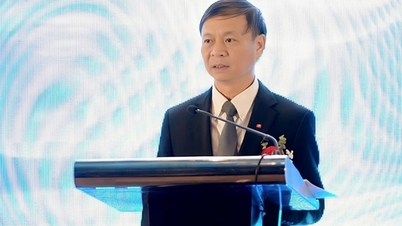
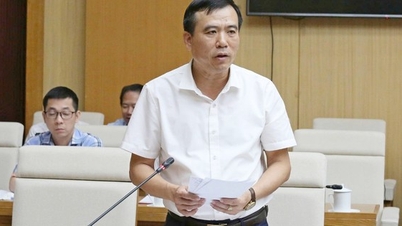
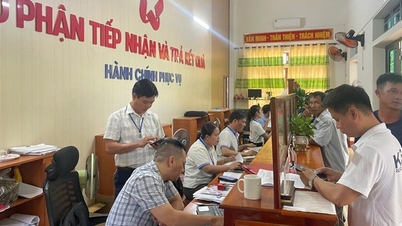
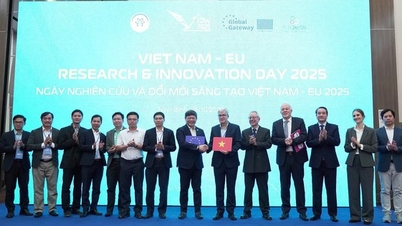
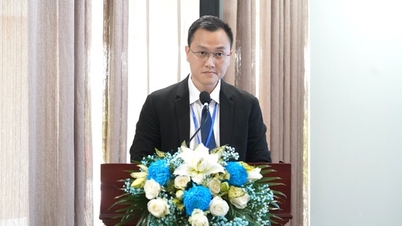





































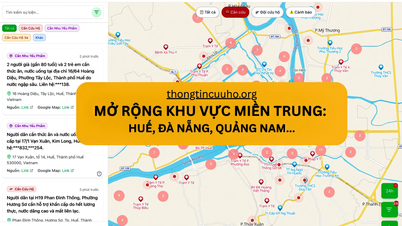
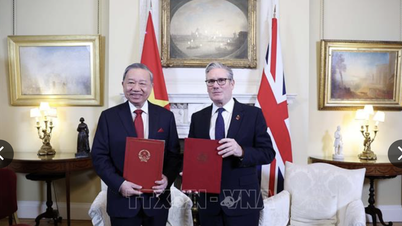
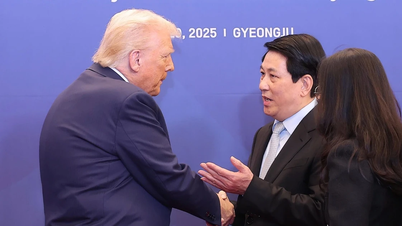


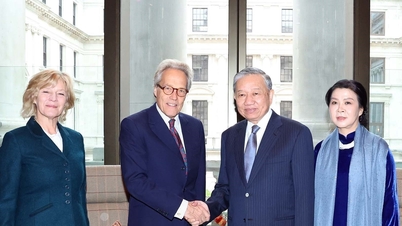
![[Live] Concert Ha Long 2025: "Heritage Spirit - Brightening the Future"](https://vphoto.vietnam.vn/thumb/402x226/vietnam/resource/IMAGE/2025/10/29/1761743605124_g-anh-sang-am-thanh-hoanh-trang-cua-chuong-trinh-mang-den-trai-nghiem-dang-nho-cho-du-khach-22450328-17617424836781829598445-93-0-733-1024-crop-1761742492749383512980.jpeg)

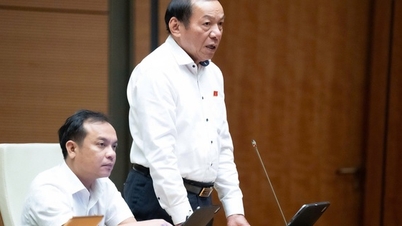




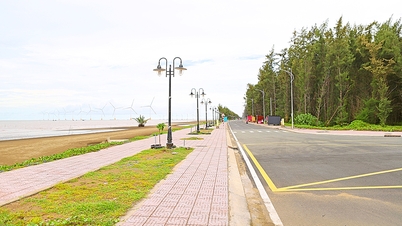

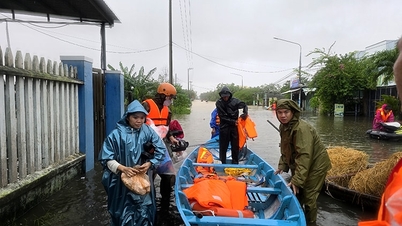


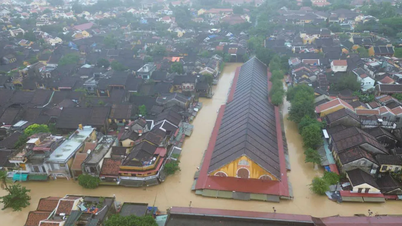











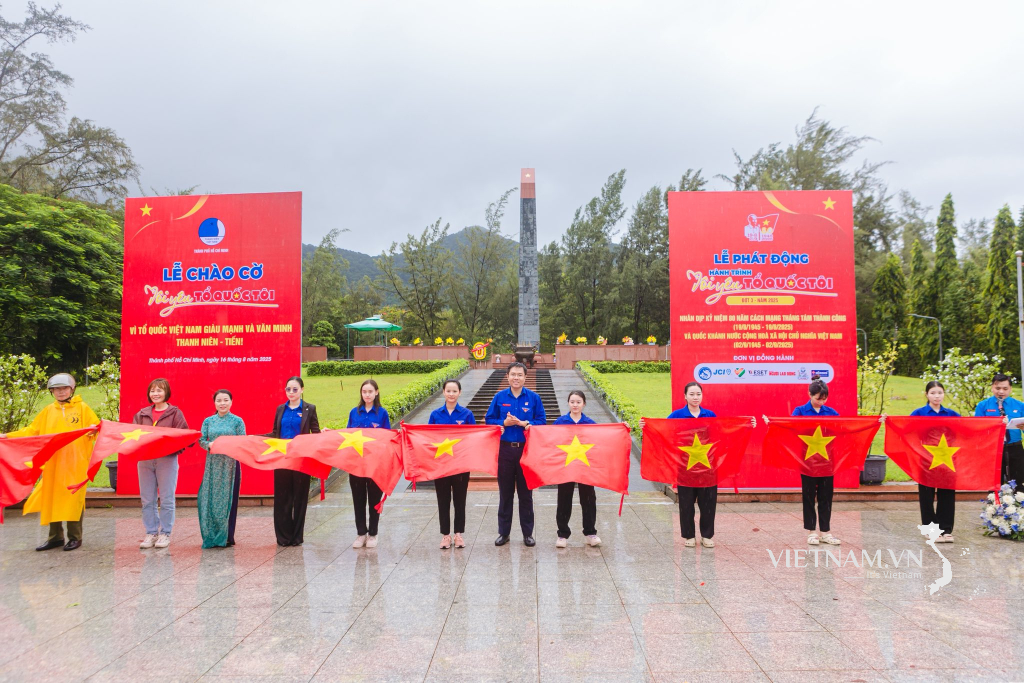



Comment (0)